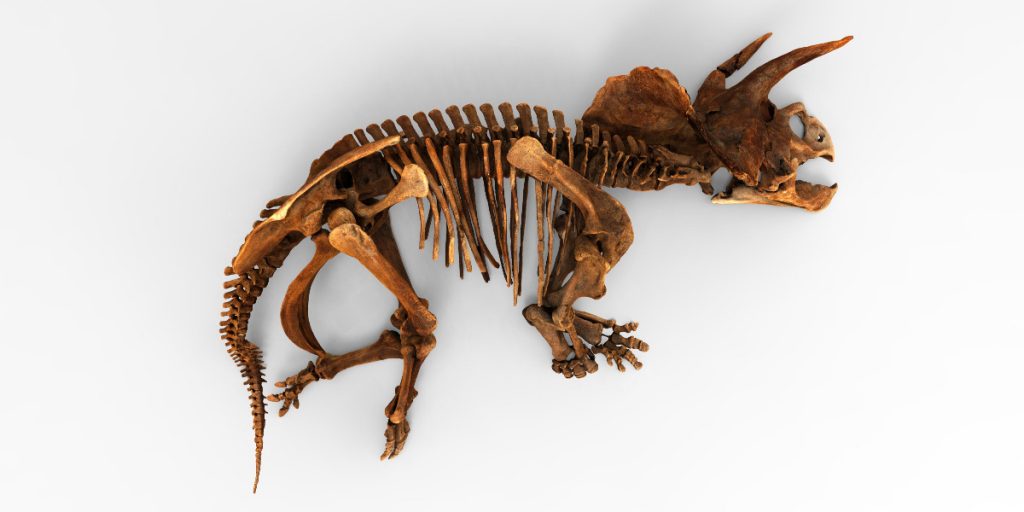AWS Public Sector Blog
Tag: Amazon S3
Social emotional learning: Using cloud technology to support student learning
Research shows that social emotional learning (SEL) increases student engagement at school, increases academic achievement, and helps students to be more successful in all aspects of life. FamilyBookForm, an AWS EdStart Member, aims to encourage SEL through their online book creation tool that allows K12 students to interview members of their family or community to collect spoken stories, in any language. The tool uses speech-to-text voice recognition technology and is powered by the AWS Cloud.
Creating an outbound calling solution during a pandemic using Amazon Connect
City and state government leaders are on the front line fighting COVID-19. Government agencies need to reach their constituents at a moment’s notice to communicate everything from the location of disease hot spots, calls for volunteers, providing life-saving guidelines, and keeping the public informed about the current state of affairs. They need to be able to reach citizens virtually or through electronic methods, since meeting in person isn’t an option. In this blog, you learn how to create an Amazon Connect instance, set it up in over a dozen languages, and send messages to millions of people in a short period of time.
Using artificial intelligence and machine learning to advance medical research
Academic medical centers (AMCs) are under pressure to reduce costs, innovate at scale, and improve operational performance. To do this, they’re turning to the cloud. Two AWS Partner Network (APN) Public Sector Partners used the cloud to create solutions for AMCs that use large datasets to help advance medical research and analyze genomic data. Learn how these two partners are building solutions in the cloud to help AMCs further their mission.
Getting started with a healthcare data lake
Data related to healthcare, in both volume and variety, is undergoing a tremendous expansion. One of the best ways to tackle complicated data integration is through a data lake: a centralized, curated, and secured repository that stores all your data, both in its original form and prepared for analysis. A data lake enables you to break down data silos and combine different types of analytics, such as data warehousing, big data processing, or operational analytics, to gain insights and guide better business decisions.
Raising the bar on storage: How to improve your disaster recovery, ransomware prevention, and backup strategy
Data is an organization’s critical asset, which is why safeguarding it against ransomware attacks, natural disasters, emergencies, or technical failures is a top priority. Legacy data storage, such as tape, makes sharing and protecting data costly and time consuming. AWS released a series of educational webinars and whiteboarding videos that discuss how to raise the bar on data protection in the AWS Cloud.
Using the AWS Cloud to restore ecosystems around the world
The world’s forests have decreased by nearly half since the onset of human civilization. Deforestation is continuing at a high rate due to agricultural pressure, poor land management, and climate change, which increases drought, disease, and invasive species. But a new generation of technologies is transforming our ability to manage and grow forests. The unprecedented level of data enables ecology-trained artificial intelligence (AI) to inventory the ecosystem and identify problems like plant condition stress, invasive weeds, species decline, and erosion. Learn how Dendra Systems is using the cloud to restore ecosystems around the world.
Smithsonian releases 2.8 million images through Smithsonian Open Access Initiative
The Smithsonian Institution announced the availability of more than 2.8 million two- and three-dimensional images and files through the Smithsonian Open Access Initiative. With this initiative, anyone with an internet connection has access to high-resolution media files, the accompanying metadata, and research from the Smithsonian Institution’s 19 museums, nine research centers, and zoo. This Smithsonian dataset is the largest museum collection released to date.
Delegated authentication using OAuth: A case study using Spotify and AWS
Cloud-based technologies allow organizations like governments to build a new application on existing services on the internet that offers open and documented APIs to deliver reliable data. These services have an authentication model so that new users verify their identity before accessing, even if it’s offered at no cost. There are three components in this scenario: a service provider, an end user, and an application that needs to access user data. The key technology here is OAuth. OAuth is a standard that enables access delegation.
Three ways Health and Human Services agencies benefit from the cloud
Health and human services (HHS) agencies are in the midst of dramatic change, with ever-growing transaction volumes and increasing demand for new services and visibility into data. Looking for new ways to manage constituent demands, the agencies are turning to the cloud to run mission-critical applications that administer healthcare and social benefits programs for millions of beneficiaries, resulting improved system agility, security, and costs.
The true value of Earth Observation data…now
A picture of our entire Earth’s surface is taken every day. Such a possibility—or even the concept—would have seemed unfeasible and unaffordable just ten years ago. With continued technology improvements, we are witnessing a rapid increase in the number of miniature satellites capturing Earth observation (EO) data. This data is now accepted by many industries including agriculture, insurance, utilities, and urban planning to deliver actionable insights.









